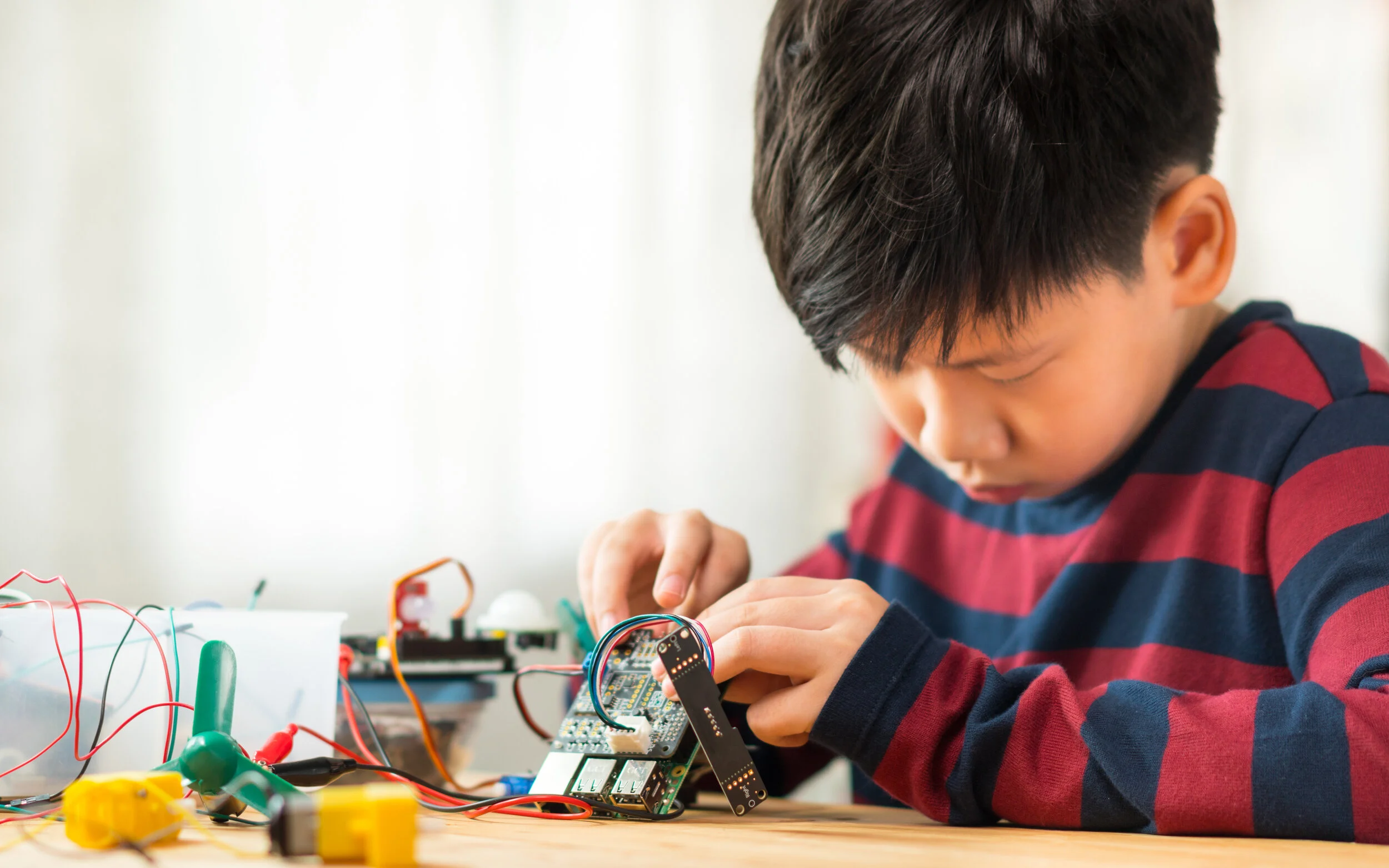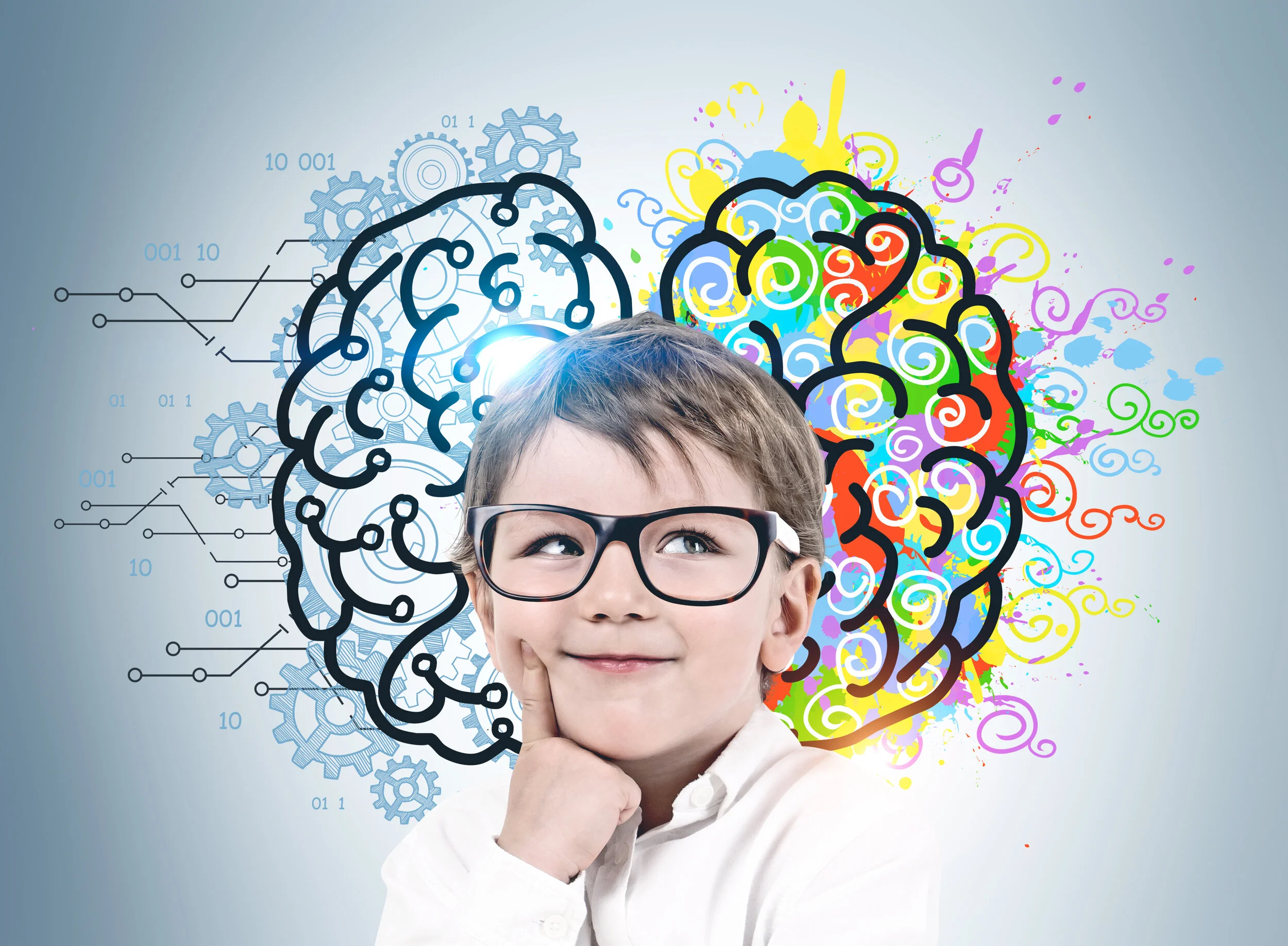Healthy eating is a challenge facing America. With rising rates of heart disease, diabetes, and childhood obesity, healthy eating habits is an important area of research for parents and scientists. Unfortunately, preschool-age children can be neophobic, especially with food. This means they are unwilling to taste or try foods they don’t know. Often times, this also tends to be healthy foods like fruits and veggies. Here’s how to battle neophobia with your child.
Read MoreDevelopmental scientists conducted a study to investigate whether a STEM storybook could promote science learning and science talk in children ages 4-5 years old. Here are the results.
Read MoreChildren who were encouraged to think and dress like their characters were better at keeping calm and continuing to try the challenging task then peers who were not dressed up as fictional characters. This “Batman Effect” was particularly strong for the youngest kids.
Read MoreProactivity is key to lifelong success. From educational obtainment to career advancement, cultivating a child who seeks opportunities to learn and grow is an important task for all parents. According to the Character Lab, a group of scientists dedicated to learning how to promote positive traits in children, the development of proactivity can be influenced following these tips.
Read MoreSTEM Identity means your child is able to “think about themselves as a science learner and develop an identity as someone who knows about, uses and sometimes contributes to science,” (CAISE, 2018). A growing body of research has identified early childhood as a critical time point for success in STEM fields (Mantzicopoulos, Patrick, & Samarapungavan, 2008; Morgan, Farkas, Hillemeier, & Maczuga, 2016). Here’s why:
Read MoreExperimentation is the process of systematically investigating a topic. Developmental scientists have found that novel science skills begin to develop as early as 4 years old (Sobel, Yoachim, Gopnik, Meltzoff & Blumenthal, 2007). You can support the development of experimentation skills in your child to experiment with these easy tips!
Read MoreCreativity and flexible thinking is a critical scientific tool. In a 2018 paper in the International Society of the Learning Sciences, the ability to think outside the box is linked to the ability to problem-solve effectively, construct new hypotheses, and explore real-world phenomena.
Read MoreTool affordance is when we utilize available items to fulfill a job they were not necessarily designed to do. For example, in the absence of a ruler, the thumb or shoe may offer a method of measurement. They have identified key features of an object that may suffice to accomplish their goal if they do not have access to the right tools. This skill is a key component of flexible thinking.
Read More







